
Peter & Hannah (Schinnerer) Scare, Zion Lutheran Cemetery, Van Wert County, Ohio (2012 photo by Karen)
This is the tombstone of Peter and Hannah (Schinnerer) Scare, located in row 3 of Zion Lutheran Cemetery, Schumm, Van Wert County, Ohio. The marker is inscribed:
SCARE
Peter
1862-1946
Hannah M.
1868-1958
Peter Scare was born in Baltic, Holmes County, Ohio, 10 April 1862, the first of five children born to John (1829-1994) and Katherine (Emrick) (1825-1886) Scaer. Peter’s parents were born in Germany and his father immigrated with his family in about 1839. They lived near Winesberg, Holmes County, Ohio, before moving to Tuscarawas County, and eventually moving to near Monroeville, Indiana, in about 1867.
This surname is usually spelled as Scaer in our family but has been spelled several ways over the years. Other spellings include Scarr, Skahr, and Scare. Peter changed the spelling to Scare for his branch of the family some time after his marriage.
Peter’s family resided in Allen County, Indiana, in 1870 and had a Monroeville address: John Scar/Scaer, 43; Katherine, 45; Elizabeth, 21; Peter, 7; Anna, 5; John 4; Mary, 3; and Margaret, 2. John, Katherine, and Elizabeth were born in Hesse Darmstadt; Peter, Anna, and John in Ohio; and Mary and Margaret in Indiana. This would indicate that the family moved to Allen County about 1867. The father John was a farmer. [1] Elizabeth was an adopted step-sister or half-sister from his mother’s first marriage. The family resided near Monroeville in 1880 as well. [2]
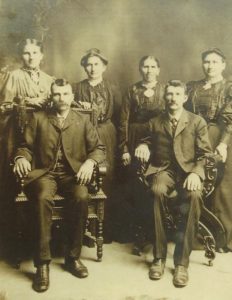
Children of John & Katie (Emrich) Scar/Scaer: Peter, John, Maggie, Anna, Lizzie, Mary
Peter “Scaer” married Hannah Schinnerer 20 April 1890 at Zion Schumm’s church, married by Rev. Seemeyer. Their marriage record indicates Peter was from Monroeville and Hannah was from Zion Schumm’s parish. Peter’s name is spelled Scaer on their marriage license and return. [3]
Johanna Magdalene “Hannah” Schinnerer was the fifth child born to Friedrich (1824-1905) and Elisabeth (Schumm) (1841-1917) Schinnerer, born 10 July 1868 in Dublin Township, Mercer County, Ohio. Hannah was baptized at Zion Schumm 12 July 1868, with Magdalene Bienz and Johanna Schumm serving as her sponsors.
By 1880 the Fred Schinnerer family had moved to Willshire Township, into the old Ansel Blossom home about a mile east of Willshire.
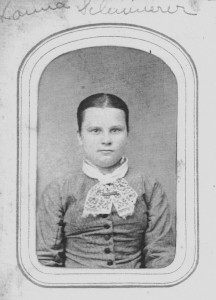
Hanna (Schinnerer) Scare (1868-1958)
It is interesting to note that in 1894, four years after Peter and Hannah married, Peter Scaer’s brother John married Hannah Schinnerer’s sister Elizabeth. John and Elizabeth were my great-grandparents, the parents of my grandmother Hilda (Scaer) Schumm (1895-1997).
In 1900, ten years after their marriage, Peter, 38, and Hannah, 28, lived in Madison Township, Allen County, Indiana. They had one child, Herman, 8, born May 1892. The couple had two other children who were deceased by that time. Also in their household was Bruin Shingter, 16, servant, who had been in the country just a year. [4]
By 1910 the Peter Scare family had moved to Pleasant Township, Van Wert County, Ohio, and their family included children Herman, 17; Edward, 9; Carl, 7; and Lula, 5. This enumeration indicates that two of their children were deceased. Peter was a farmer. [5]
In 1920 the couple resided in Pleasant Township with children Edward, Carl, and Lula. By 1930 Peter and Hannah had moved to Willshire Township, living just north of Schumm, living by themselves. [6]
Peter and Hannah resided in the same home in 1940. Peter died from heart disease there on 3 November 1946, at the age of 84 years, 6 months, and 24 days. He was buried on the 5th, with Rev. A.P. Schlegel in charge of the service. [7]
In 1950 widow Hannah Scare, 81, lived near Schumm, with or next door to Rudolph and Lula (Scare) Allmandinger, her son-in-law and daughter. [8]
Hannah (Schinnerer) Scare died of a stroke at her home 4 miles northeast of Willshire on 29 May 1958, at the age of 89. She was buried on 1 June. [9]
Peter and Hannah (Schinnerer) Scare had the following children:
Herman Scare (1892-1980), married Elizabeth Grotsch
Edward Scare (1901-1984), married Helen Margaret Germann
Karl Scare (1904-1989), married Wilhelmine “Minnie” Hinck; married Ella Gerber
Lula Anna Scare (1905-1999), married Rudolf Allmandinger
[1] 1870 U.S. Census, Monroe, Allen, Indiana, p.581A, dwelling 73, family 71, John Scar; Ancestry.com, viewed 31 Oct 2022.
[2] 1880 U.S. Census, Monroe, Allen, Indiana, ED 112, p.376D, dwelling & family 114, John Scar; Ancestry.com, viewed 31 Oct 2022.
[3] Ohio, U.S., County Marriage Records, 1774-1993, Van Wert County, Vol. 7, p.416, Peter Scaer & Hannah Schinnerer, 20 Apr 1890; Ancestry.com, viewed 31 Oct 2022.
[4] 1900 U.S. Census, Madison, Allen, Indiana, ED 10, p.10, dwelling & family 195, Peter Scar; Ancestry.com, viewed 31 Oct 2022.
[5] 1910 U.S. Census, Pleasant, Van Wert, Ohio, ED 96, p.1A, dwelling & family 10, Peter Scarr; Ancestry.com, viewed 31 Oct 2022.
[6] 1930 U.S. Census, Willshire, Van Wert, Ohio, ED 24, p.5B, dwelling 104, family 106, Peter Scare; Ancestry.com, viewed 31 Oct 2022.
[7] “Ohio, County Death Records, 1840-2001,” Willshire Township, Van Wert, Peter Scare, 3 Nov 1946; FamilySearch.org, https://www.familysearch.org/ark:/61903/3:1:3QSQ-G9ZY-Y8NP?i=683&cc=2128172&personaUrl=%2Fark%3A%2F61903%2F1%3A1%3AF6CT-TBR , viewed 31 Oct 2022. [According to this record Peter was born in Baltic, Holmes County, Ohio.]
[8] 1950 U.S. Census, Willshire, Van Wert, Ohio, ED 81-40, sheet 72, line 20, Hannah Scare; Ancestry.com, viewed 31 Oct 2022.
[9] “Ohio, County Death Records, 1840-2001,” Willshire Township, Van Wert, Hannah Scare, 29 May 1958; FamilySearch.org, https://www.familysearch.org/ark:/61903/3:1:3QS7-L9ZY-R5TN?i=1963&cc=2128172&personaUrl=%2Fark%3A%2F61903%2F1%3A1%3AF6CX-MWL ,viewed 31 Oct 2022.


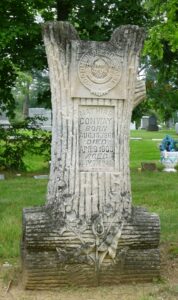
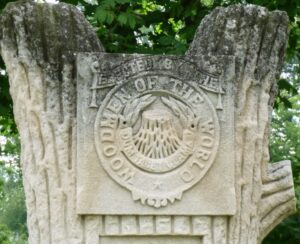
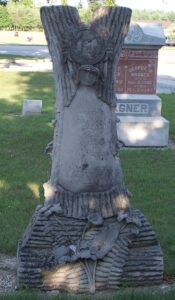
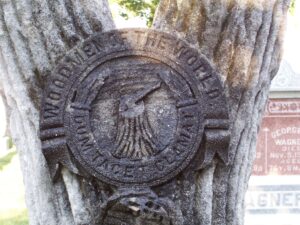
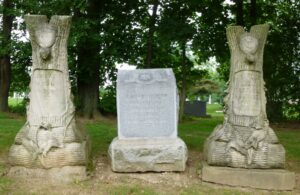
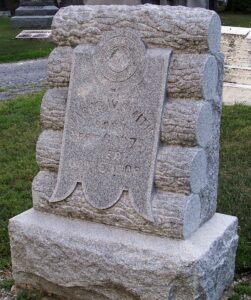
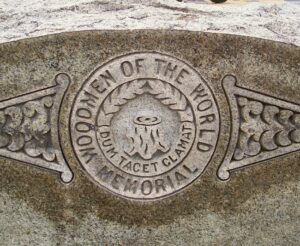
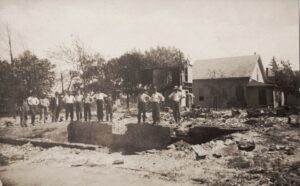
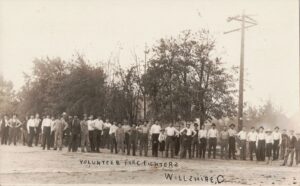
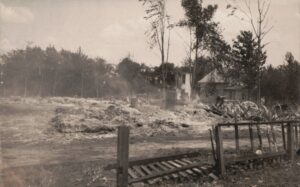

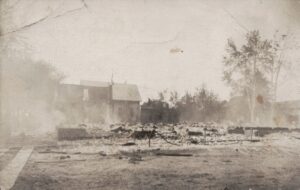



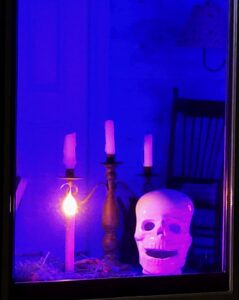
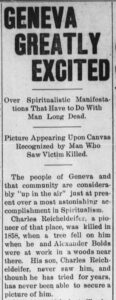
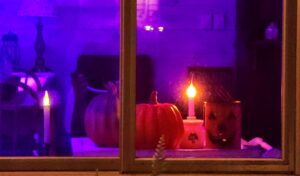
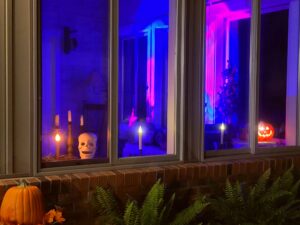
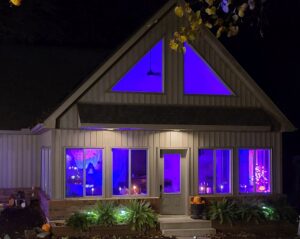

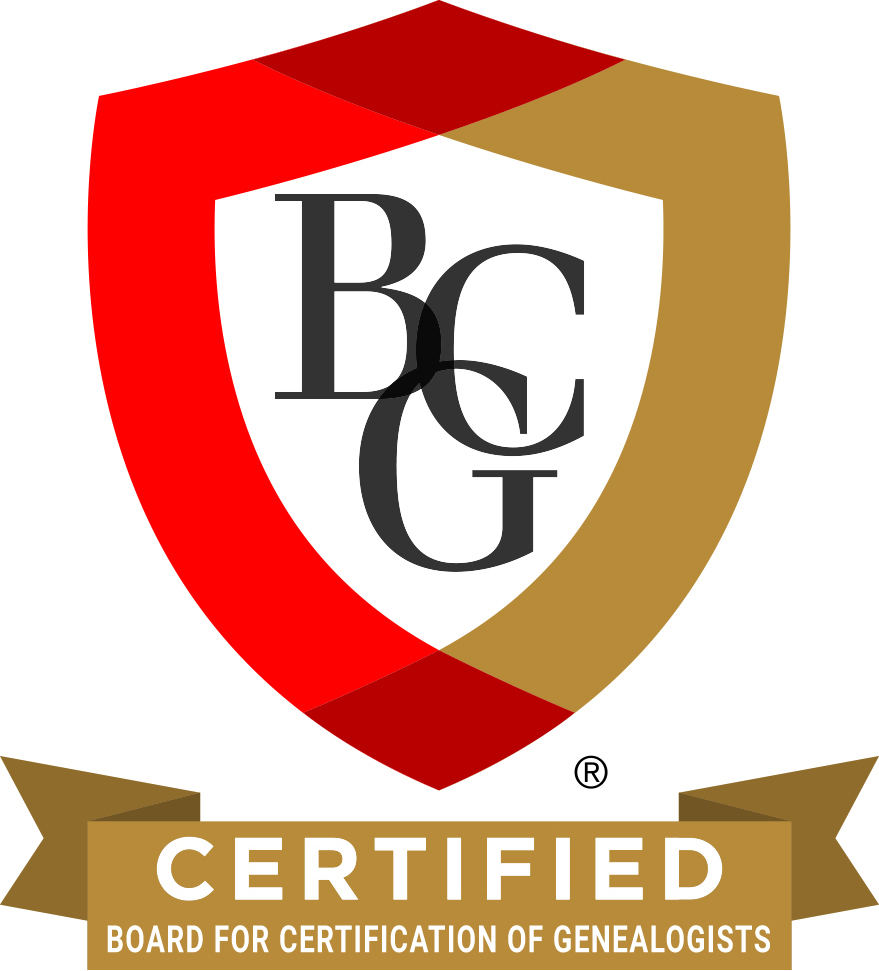
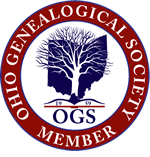

You are welcome!
You're welcome, Karen. I'm still working on this also. Thank you so much for all of your wonderful Mercer County…
Very interesting and great picture (I had neersee before) of the church! Thanks for sharing this, Karen.
Ha! I see why you say that. Your original surname was probably something similar to Schmitt.
Thank you for letting me know.